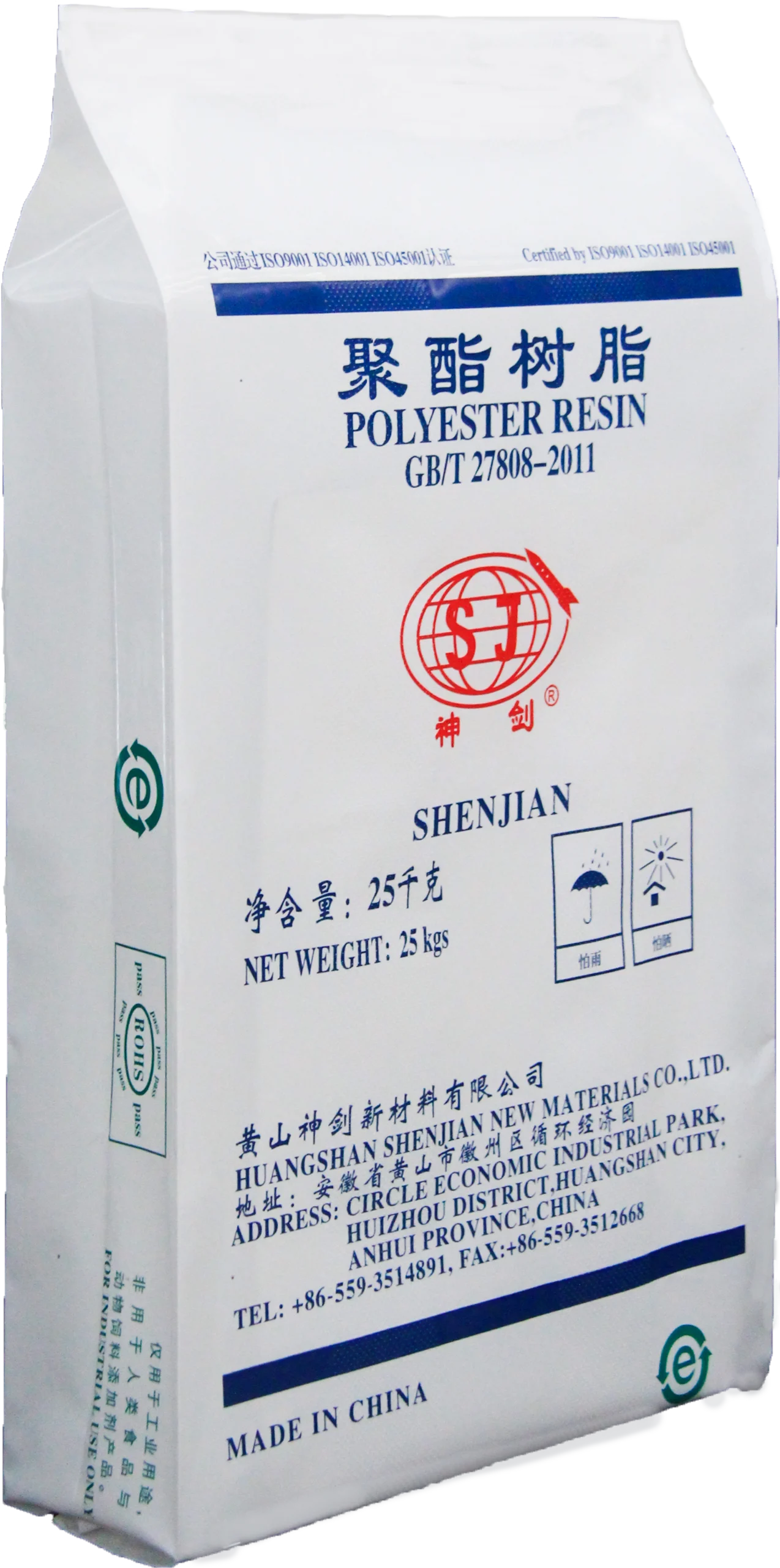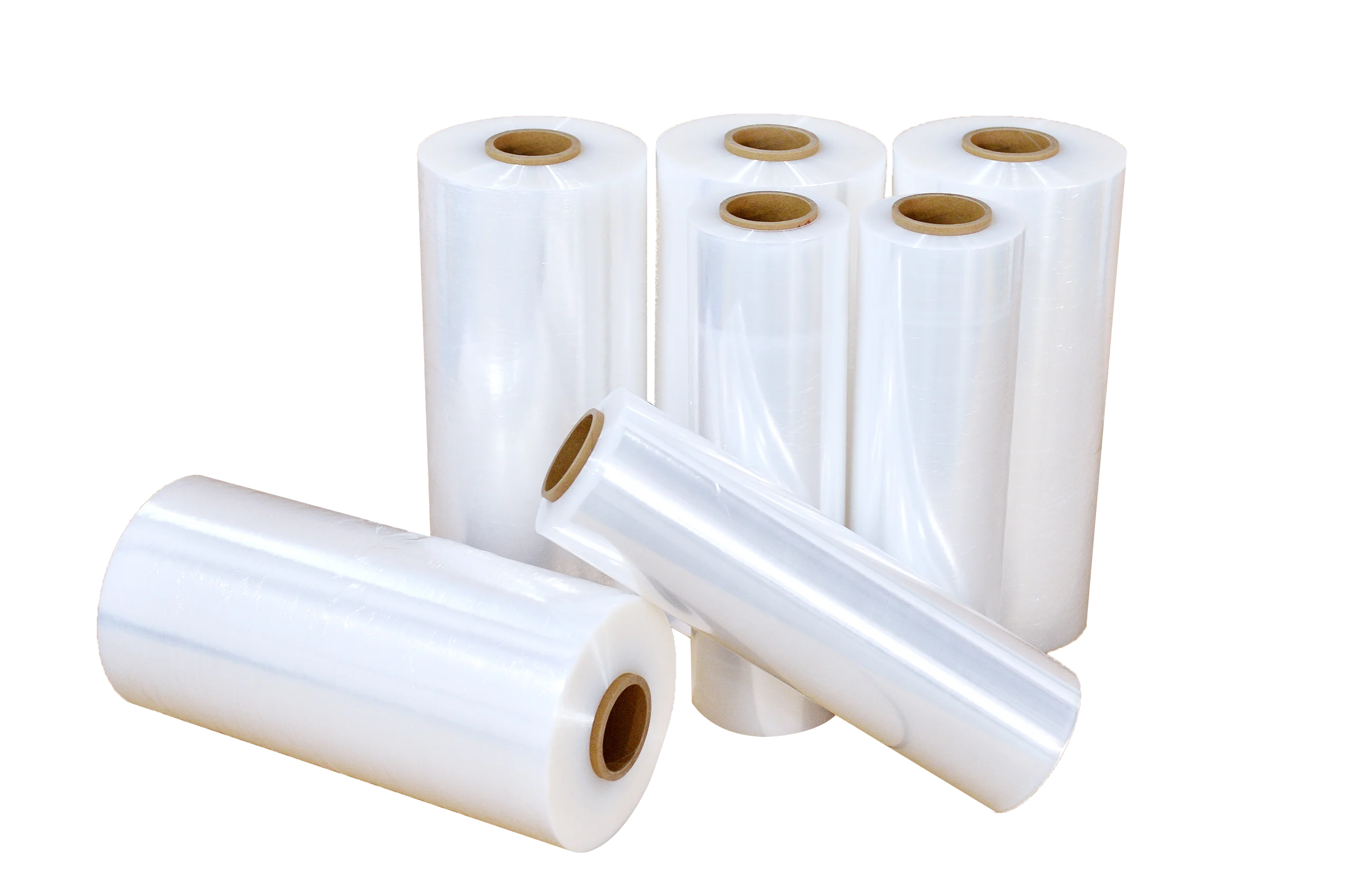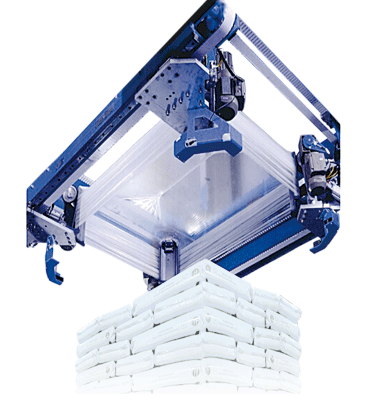
2024-08-20
When it comes to packaging, stretch film plays a crucial role in ensuring that products remain secure, protected, and organized. While traditional clear stretch film has long been the go-to choice for many businesses, colored stretch film is increasingly making its mark. In this article, we’ll dive deeper into the differences between these two types of stretch film, exploring their unique benefits and how they can impact your packaging strategies.

Table of Contents
ToggleColored Stretch Film:
One of the standout features of colored stretch film is its ability to provide instant visual differentiation. By using various colors, businesses can easily categorize products or shipments, streamlining inventory management. For instance, you might use blue film for perishables, green for non-perishables, and red for urgent shipments. This color-coding not only simplifies sorting but also speeds up retrieval processes, allowing for a more efficient workflow.
Traditional Clear Film:
In contrast, clear stretch film offers no inherent visual cues about what’s inside. This means that additional labeling or tagging is often necessary to convey important information. While this approach works, it can slow down operations and increase the likelihood of errors—especially in busy warehouses where quick decision-making is essential.
Colored Stretch Film:
Another significant advantage of colored stretch film is its ability to enhance security. The opaque nature of colored film conceals the contents, acting as a deterrent to theft. This added layer of protection makes it challenging for potential thieves to assess the value of the items wrapped inside, thereby reducing the risk of pilferage. In high-stakes environments, such as retail and logistics, this can be a game-changer.
Traditional Clear Film:
On the other hand, clear film exposes the contents of the wrapped items, making it easier for thieves to identify valuable goods. This transparency can compromise security and elevate the risk of theft, particularly in settings where high-value items are common.
Colored Stretch Film: Some varieties of colored stretch film come with added features, such as UV protection. This is particularly beneficial for items that are sensitive to light exposure, like certain food products or pharmaceuticals. By shielding these items from harmful UV rays, colored film helps to maintain product integrity and prolong shelf life.
Traditional Clear Film: While traditional clear film does an excellent job of protecting against physical damage and contamination, it lacks inherent UV protection. As a result, products that are vulnerable to light exposure may require additional protective measures, leading to increased costs and complexity in your packaging strategy.
Colored Stretch Film: Packaging isn’t just about protection—it’s also about presentation. Colored stretch film can enhance the visual appeal of your products and align with your brand identity. Using specific colors can create a cohesive look across your product line, making it more memorable for customers. Imagine a vibrant, eye-catching display that draws attention and reinforces brand recognition!
Traditional Clear Film: Clear film, while functional, doesn’t contribute to branding in the same way. To convey brand identity, businesses often rely on labels or printed tapes, which can add to costs and may not be as effective as using colored film directly. The aesthetic impact of colored stretch film can elevate your product’s market presence significantly.
Colored Stretch Film: In terms of efficiency, colored stretch film often boasts better cling properties. This means that less material may be needed to achieve the same level of security and stability, which can lead to cost savings over time. Additionally, more efficient wrapping processes can minimize waste, contributing to a more sustainable approach to packaging.
Traditional Clear Film: While clear film serves its purpose well, it might not offer the same level of efficiency in cling and wrapping. This could potentially lead to increased material usage and higher costs in the long run. Moreover, the need for additional labeling may also add to overall expenses, making colored film a more attractive option for budget-conscious businesses.
Colored Stretch Film: In some industries, color-coded packaging is required for compliance with safety and handling regulations. Using colored stretch film can help businesses meet these requirements more easily and avoid potential penalties.
Traditional Clear Film: Clear film does not inherently support regulatory compliance for color-coding. Businesses may need to rely on additional labeling or marking systems to meet industry standards, which can be more cumbersome and less integrated.
The choice between colored stretch film and traditional clear film hinges on various factors including visibility, security, product protection, and branding needs. Colored stretch film offers distinct advantages such as improved identification, enhanced security, and better visual appeal, while also contributing to cost efficiency and compliance. Traditional clear film, though widely used, may not provide the same level of functionality in these areas. Businesses should consider their specific requirements to determine which type of stretch film best meets their packaging needs.
Author Introduction:
Hey there, I’m part of the Yuandian brand, an industrial packaging factory and manufacturer. At Yuandian, we’re all about crafting top-notch packaging solutions that meet global standards.
With years of industry experience under our belt, we’ve become authorities in the field of industrial packaging. Our focus? Delivering quality, ensuring customer satisfaction, and creating value in everything we do. From cutting-edge Nano stretch films to specialized FFS packaging bags and more, we integrate state-of-the-art technology and decades of expertise from Yongjia Group China. At Yuandian, we’re not just packaging products – we’re shaping the future of industrial packaging solutions worldwide.

More News
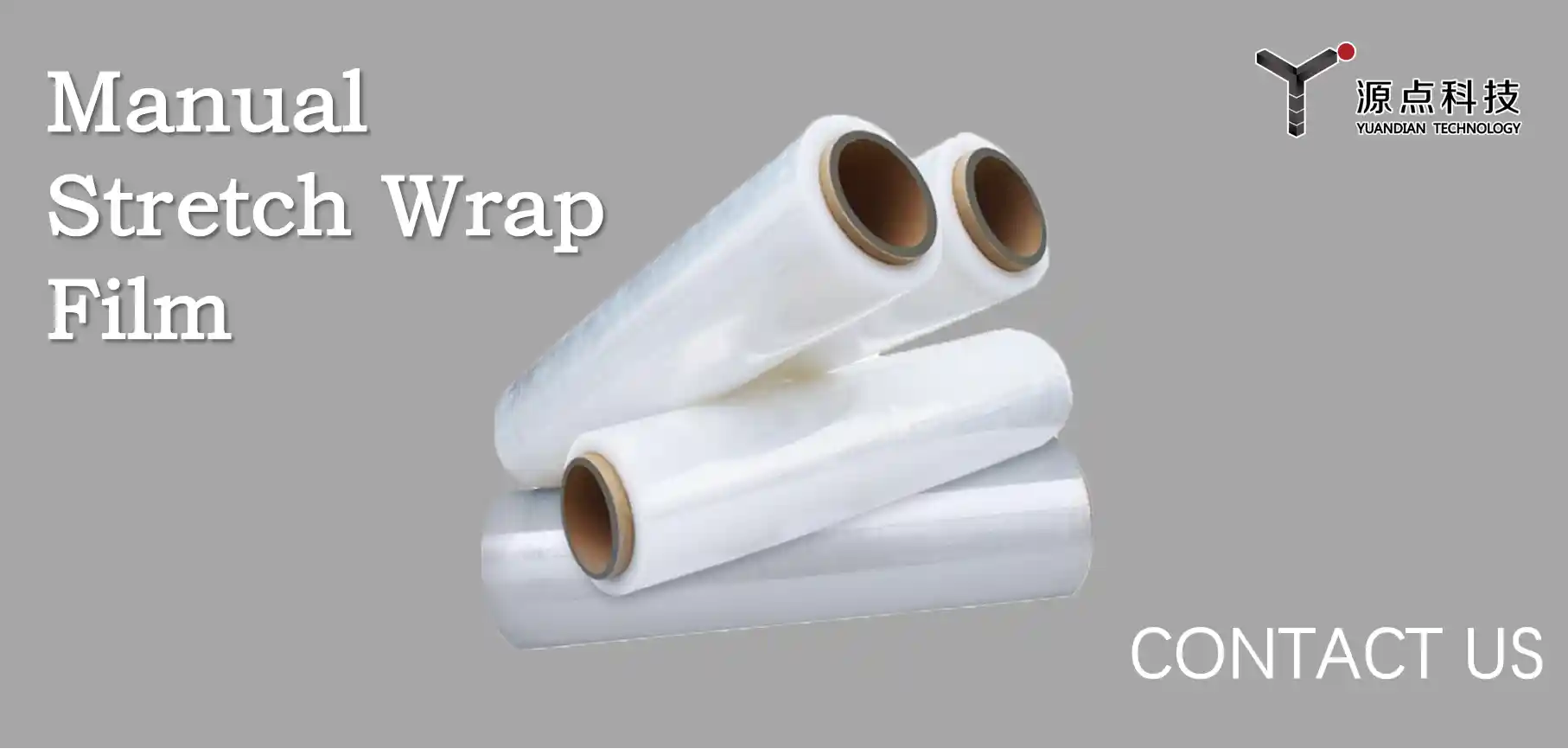
2025-04-23
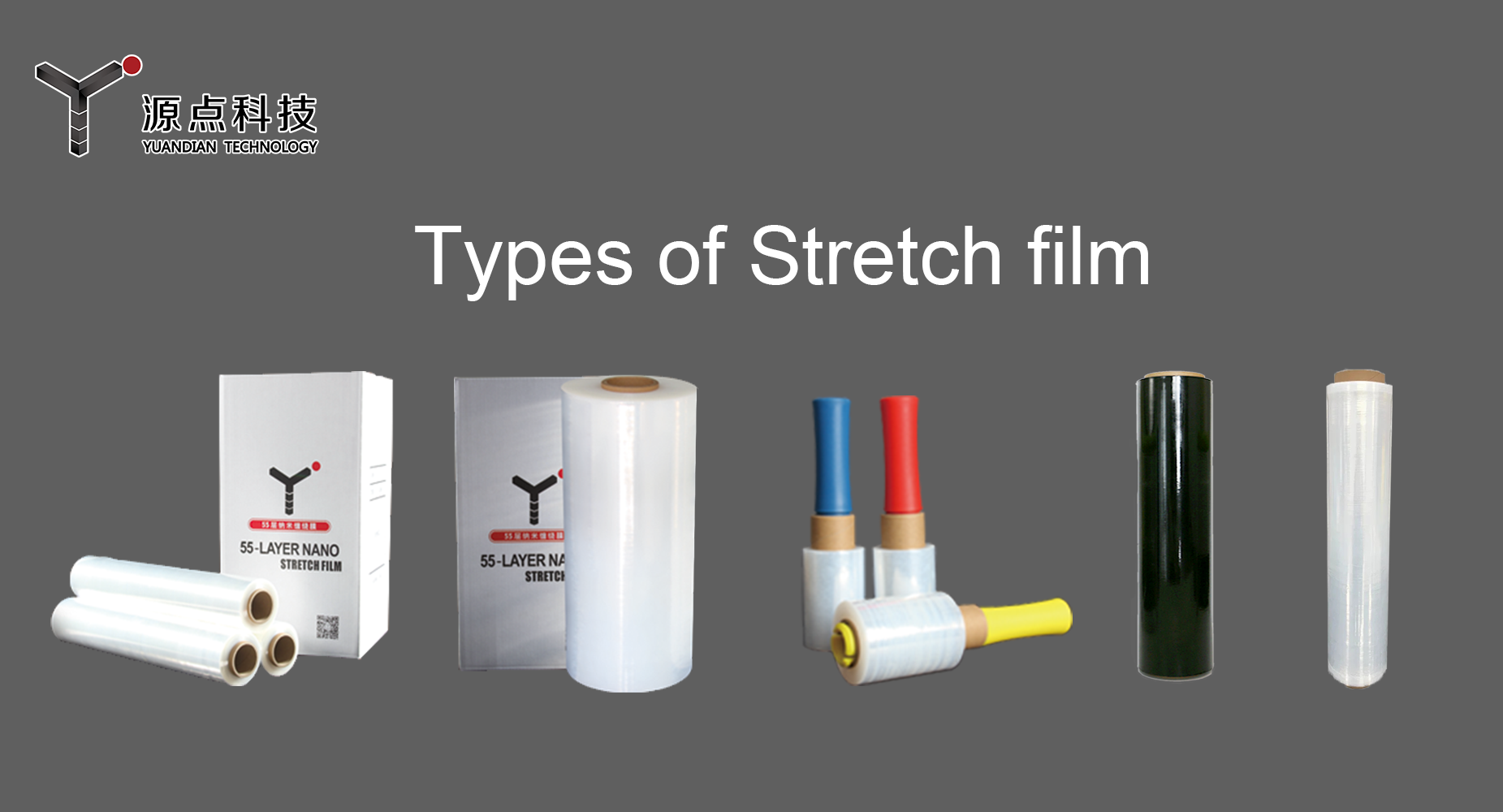
2025-04-07

2025-03-27

2025-03-15
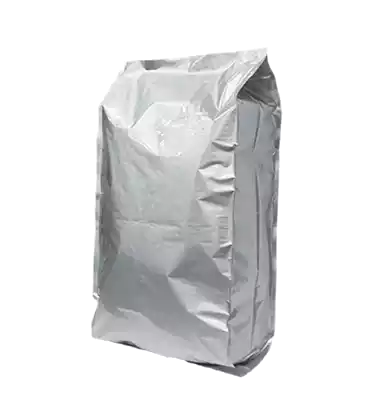
2025-03-05
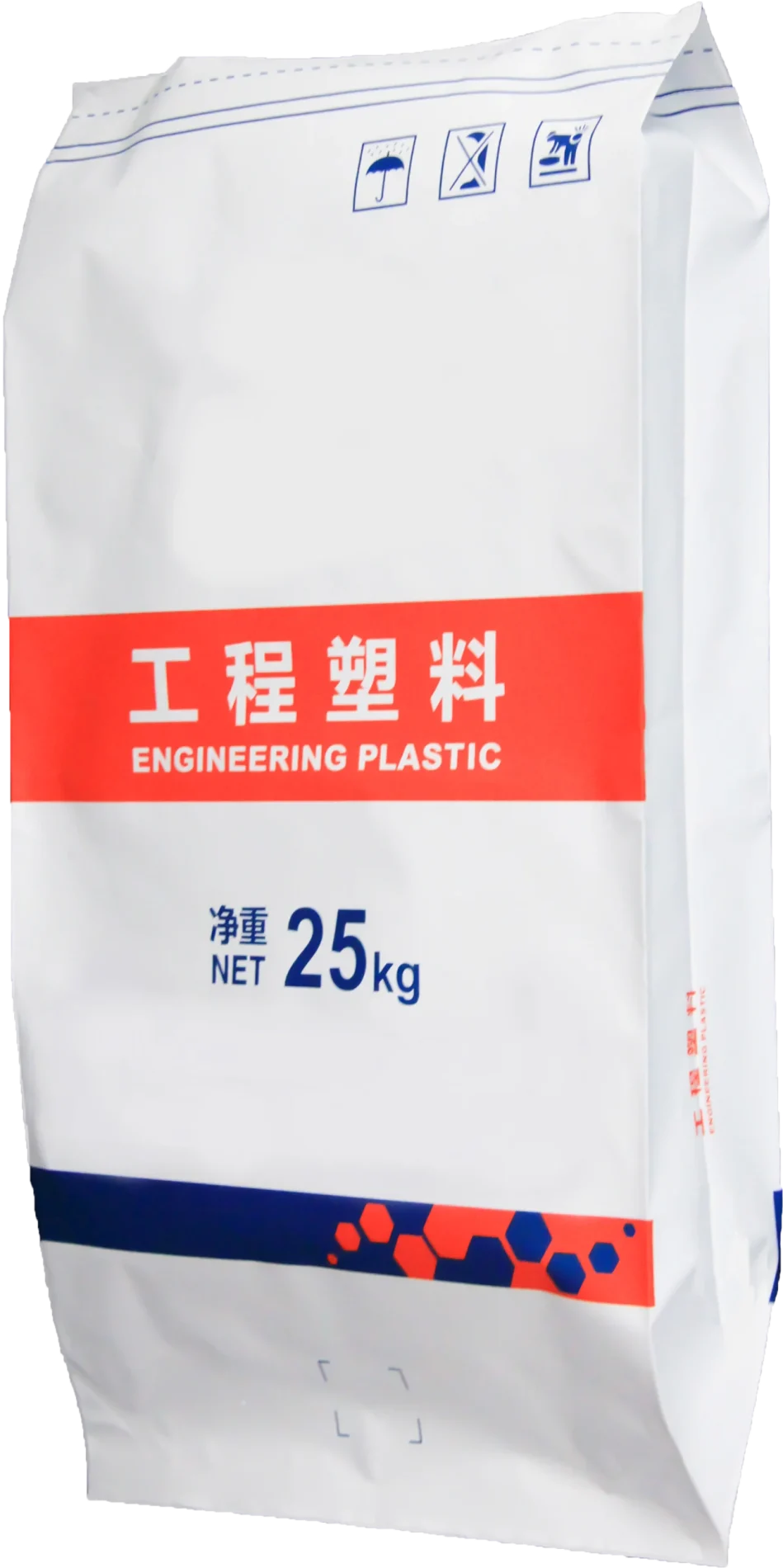
2025-02-21

2025-02-13
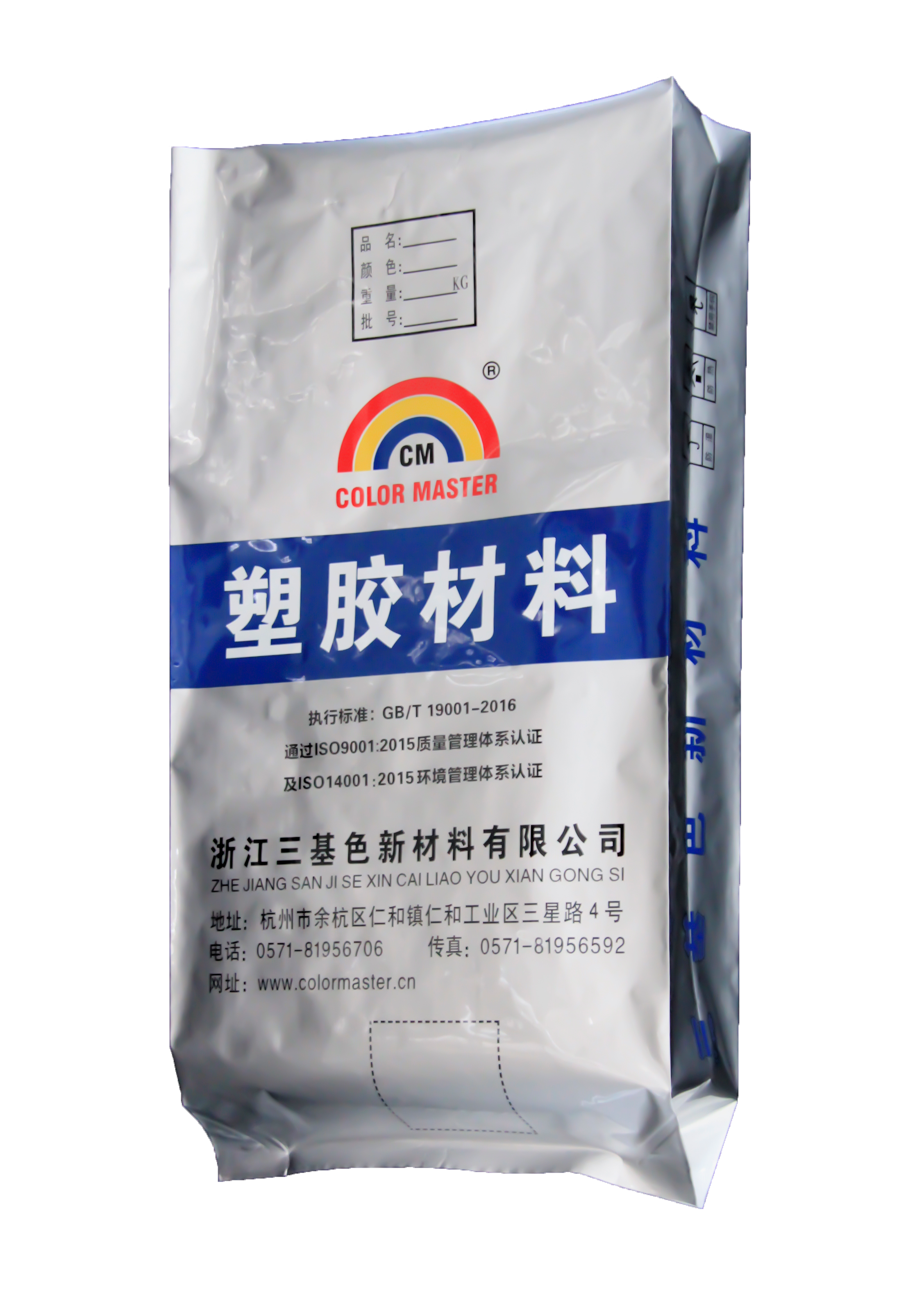
2025-02-05
